When it comes to moving, whether across the country or just down the street, the terms warehousing and storage often come up. But what do they really mean? If you’re planning a move or managing one for your business, it’s essential to understand the difference between these two concepts. It can save you time, money, and a lot of unnecessary stress.
You might need storage for your belongings during a transition, or perhaps your business requires temporary space to house furniture or equipment. Either way, choosing the right solution—whether a storage facility or a warehouse—depends on your specific needs. Let’s break down what each option offers, how they differ, and why it matters, especially when it comes to the moving industry.
What Is Warehousing?
Warehousing is much more than just putting items away. In the moving industry, warehousing refers to a service that involves not only storage but also the management of goods.
Think of it as a structured system where items are tracked, organized, and often ready for distribution. Many moving companies partner with industrial warehousing options to offer long-term storage for customers in need of a more robust solution.
For instance, if you’re moving your entire business or relocating your home but can’t move into the new place immediately, you may need a warehouse to store your furniture, equipment, or stock.
This isn’t just a temporary solution—warehouses are equipped with advanced warehouse management solutions to help track inventory, secure goods, and ensure everything is accounted for when it’s time to retrieve it.
What Are Storage Facilities?
On the other hand, storage facilities are typically used for more short-term needs. They are ideal for people or businesses who need to temporarily store their belongings during a move.
Many moving companies offer storage facility services as an add-on when customers require extra time to settle into their new place.
If you are looking for storage unit companies, you can find them here.
For example, if you are downsizing or waiting for your new home to be ready, a secure storage facility is a great place to keep your belongings safe. These facilities are generally more basic compared to warehouses, but they serve the purpose of keeping your items safe until you're ready for them.
If you are not sure which storage size you need, click to find out How to Know What Size Storage Unit You Need.
Difference Between Warehousing and Storage
Now that we know the basics, let's talk about the key differences between warehousing and storage facilities.
1. Purpose and Functionality
| Feature | Warehousing | Storage Facilities |
|---|---|---|
| Purpose | Long-term storage with inventory management | Short-term storage for personal or small business needs |
| Services Offered | Inventory tracking, order fulfillment, logistics | Basic storage with limited services |
| Typical Use Case | Large-scale business moves, extended storage | Household moves, small business temporary needs |
2. Flexibility and Access
| Feature | Warehousing | Storage Facilities |
|---|---|---|
| Access | Limited, often scheduled, less frequent | Flexible, generally allows easy access on demand |
| Usage Duration | Long-term, suitable for ongoing needs | Short-term, ideal for interim storage |
3. Size and Capacity
| Feature | Warehousing | Storage Facilities |
|---|---|---|
| Capacity | Large volumes can handle oversized items | Smaller units, suited for personal or small business items |
| Climate Control | Often available, especially for sensitive goods | Usually not available, but some facilities offer it |
4. Services Offered
| Feature | Warehousing | Storage Facilities |
|---|---|---|
| Management Services | Inventory management, picking/packing, distribution | None or minimal management services |
| Security | Advanced security features, often included | Basic security, with optional upgrades |
5. Security
| Feature | Warehousing | Storage Facilities |
|---|---|---|
| Security Features | 24/7 surveillance, restricted access, fire protection | Basic locks, gated access, limited surveillance |
| Insurance | It may require additional insurance | Often included or available as an option |
How Much Do Warehousing and Storage Cost?
When you are moving, cost is always a factor, and the price difference between warehousing and storage can vary significantly depending on your needs.
1. Costs of Warehousing
| Cost Factor | Description | Estimated Cost Range |
|---|---|---|
| Space Requirements | Charged per square foot; larger spaces cost more | $5 to $15 per square foot per month |
| Duration of storage | Monthly billing, often discounted for long-term use | Discounts are available for extended periods |
| Additional Services | Includes inventory management, climate control, etc. | $50 to $200 extra per month for additional features |
| Security and Insurance | Higher security and potential insurance costs | $50 to $200 extra per month |
2. Costs of Storage Facilities
| Cost Factor | Description | Estimated Cost Range |
|---|---|---|
| Size of Unit | Smaller units cost less; larger units cost more | $50 to $400 per month, depending on size |
| Duration of storage | Flexible month-to-month contracts | Generally affordable for short-term needs |
| Climate Control | Additional charge for temperature-controlled units | $20 to $50 extra per month |
| Security Features | Basic security, with optional upgrades | $10 to $30 extra per month |
3. Additional Costs to Consider
| Cost Factor | Description | Estimated Cost Range |
|---|---|---|
| Insurance | Protection for high-value items | $10 to $30 per month |
| Access Fees | Possible fees for frequent access | Varies by warehouse; usually not applicable in storage facilities |
| Moving Costs | Cost of transporting items to and from storage | Varies based on distance and size of load |
Importance of Choosing the Right Option
So, how do you decide between warehousing and storage facilities for your move? It comes down to what you’re moving, how long you need the space, and whether or not you require additional services.
When to Choose Warehousing
If you are moving offices or relocating assets across states—warehousing might be the better option. Warehouses offer the flexibility of managing large volumes of goods, tracking inventory, and providing efficient warehousing and storage solutions for long-term needs.
Let’s say your business is relocating to a new city, but the office won’t be ready for several months. A warehouse can store your office furniture, equipment, and other items securely while also providing easy access when you need it.
Plus, inventory storage solutions available in warehouses make it easier to manage what’s stored.
When to Choose Storage Facilities
If you are handling a personal move or just need temporary space during a transition, a storage facility is likely the best fit. These facilities offer warehouse storage options for household goods, furniture, or smaller-scale business equipment. They are also great for seasonal storage if you’re a business that needs extra space for temporary overflow.
For example, if you are moving homes and need a place to store furniture and personal belongings while waiting for your new place to be ready, a storage facility is the most convenient and cost-effective option.
Role of Moving Companies in Warehousing and Storage
Many moving companies offer both storage and warehousing solutions as part of their services. This is especially useful for customers who are dealing with unpredictable timelines during a move. Your movers can pack and transport your items to either a secure storage facility or a warehouse, depending on your needs.
When choosing a moving company, ask about its warehouse logistics and storage facility services. Do they offer short-term or long-term contracts? What security measures are in place? How easy is it to access your belongings?












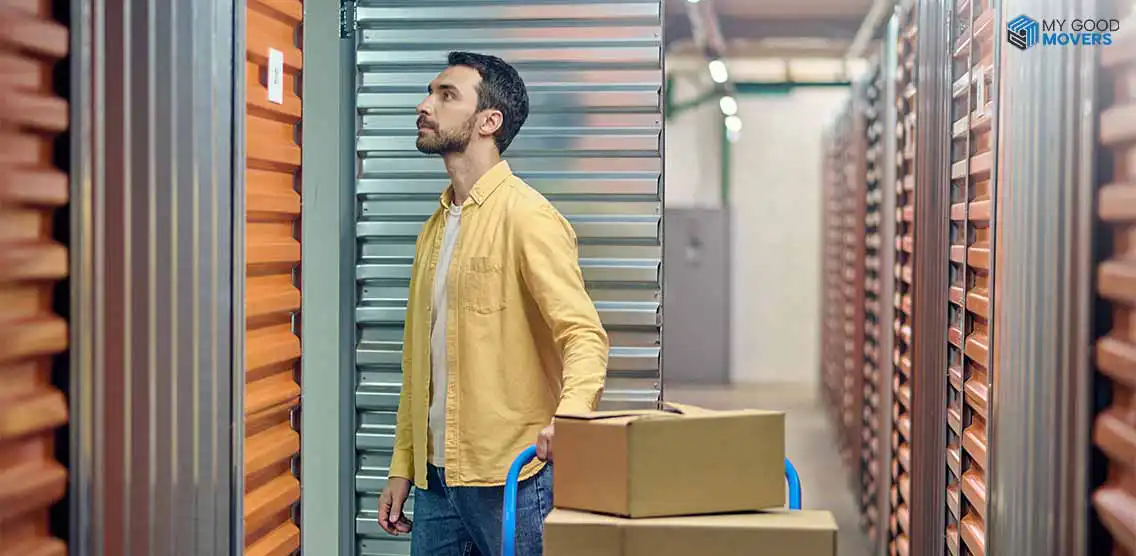


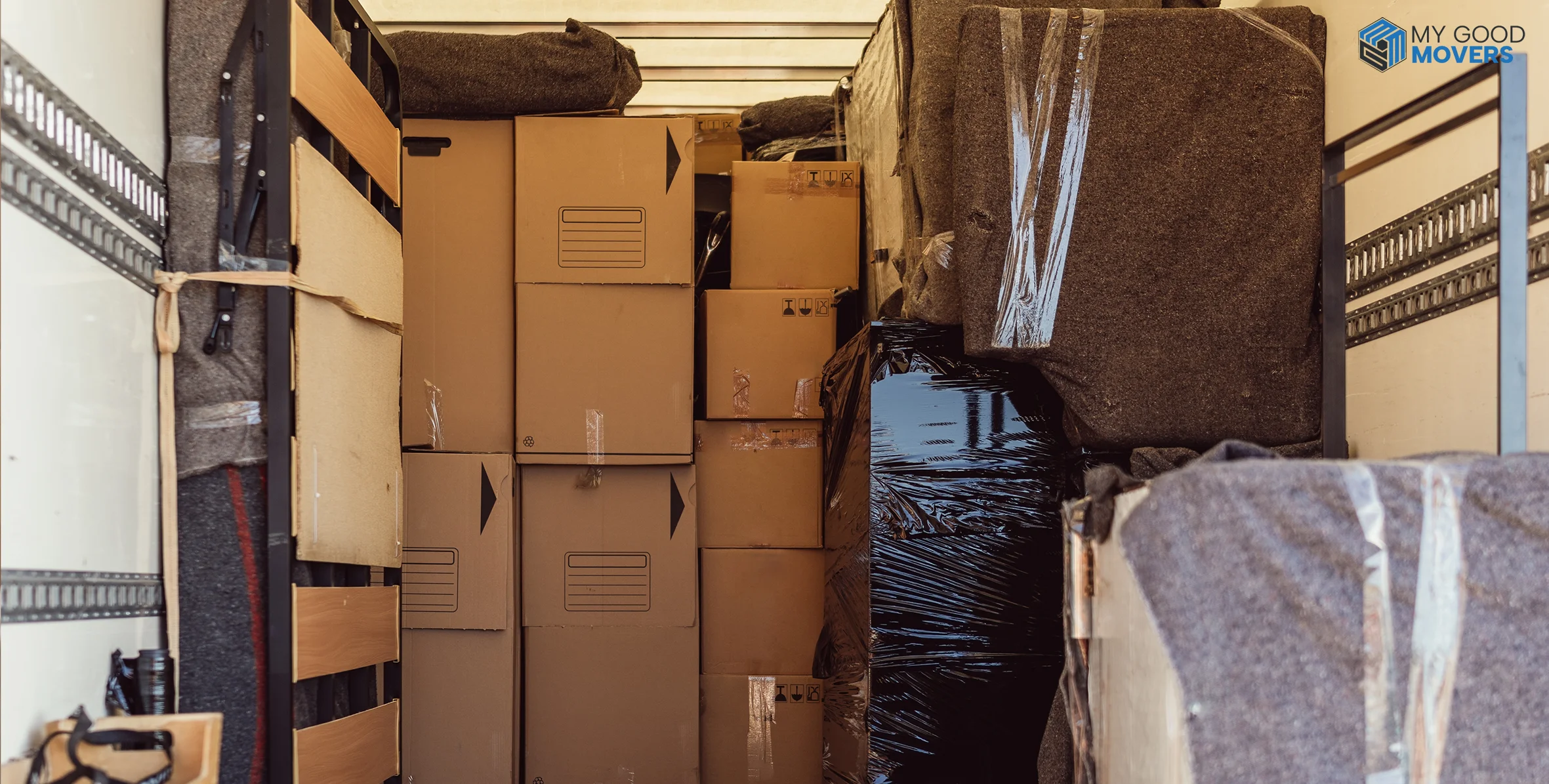
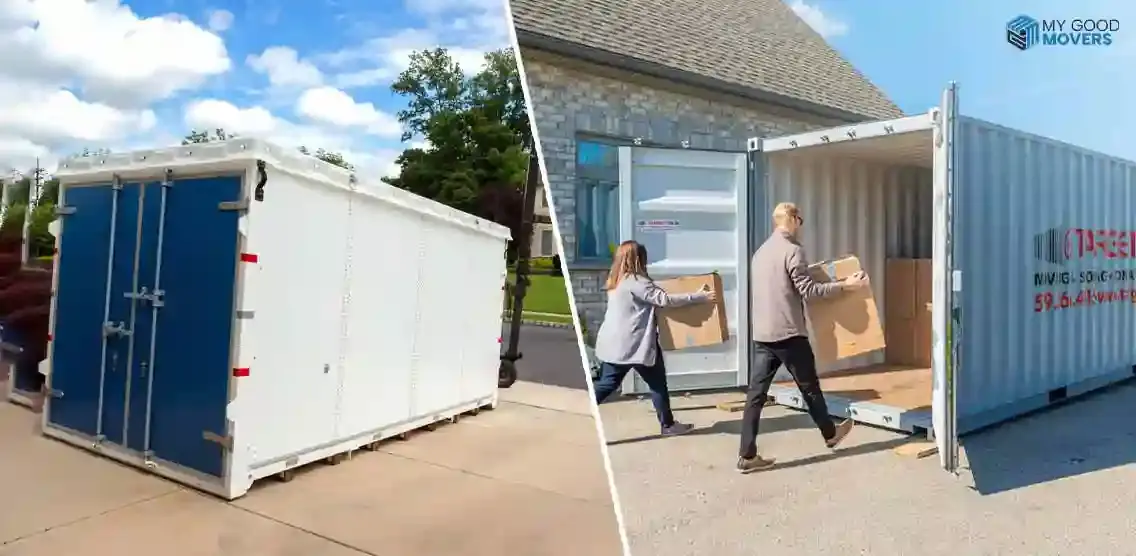
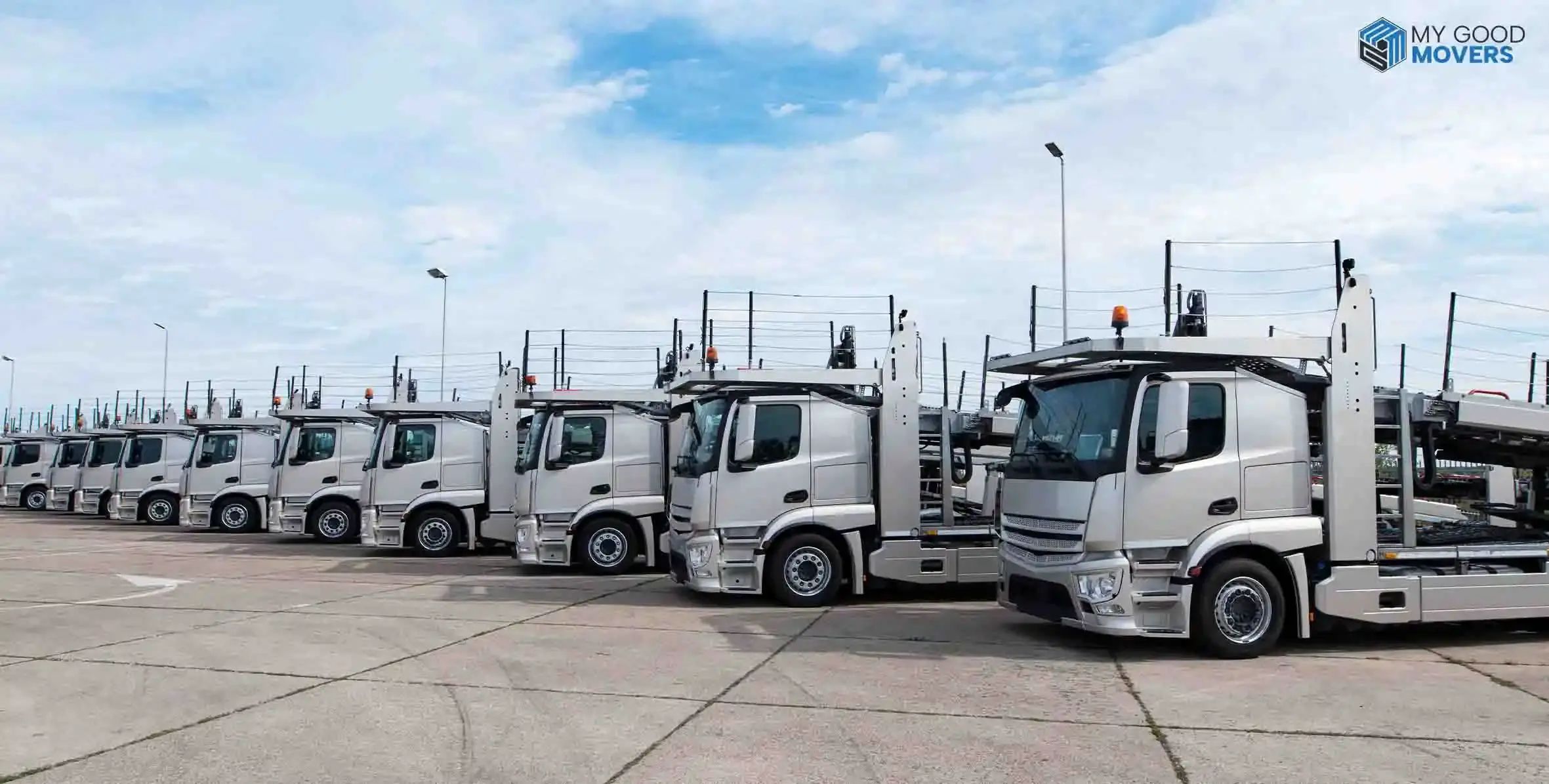


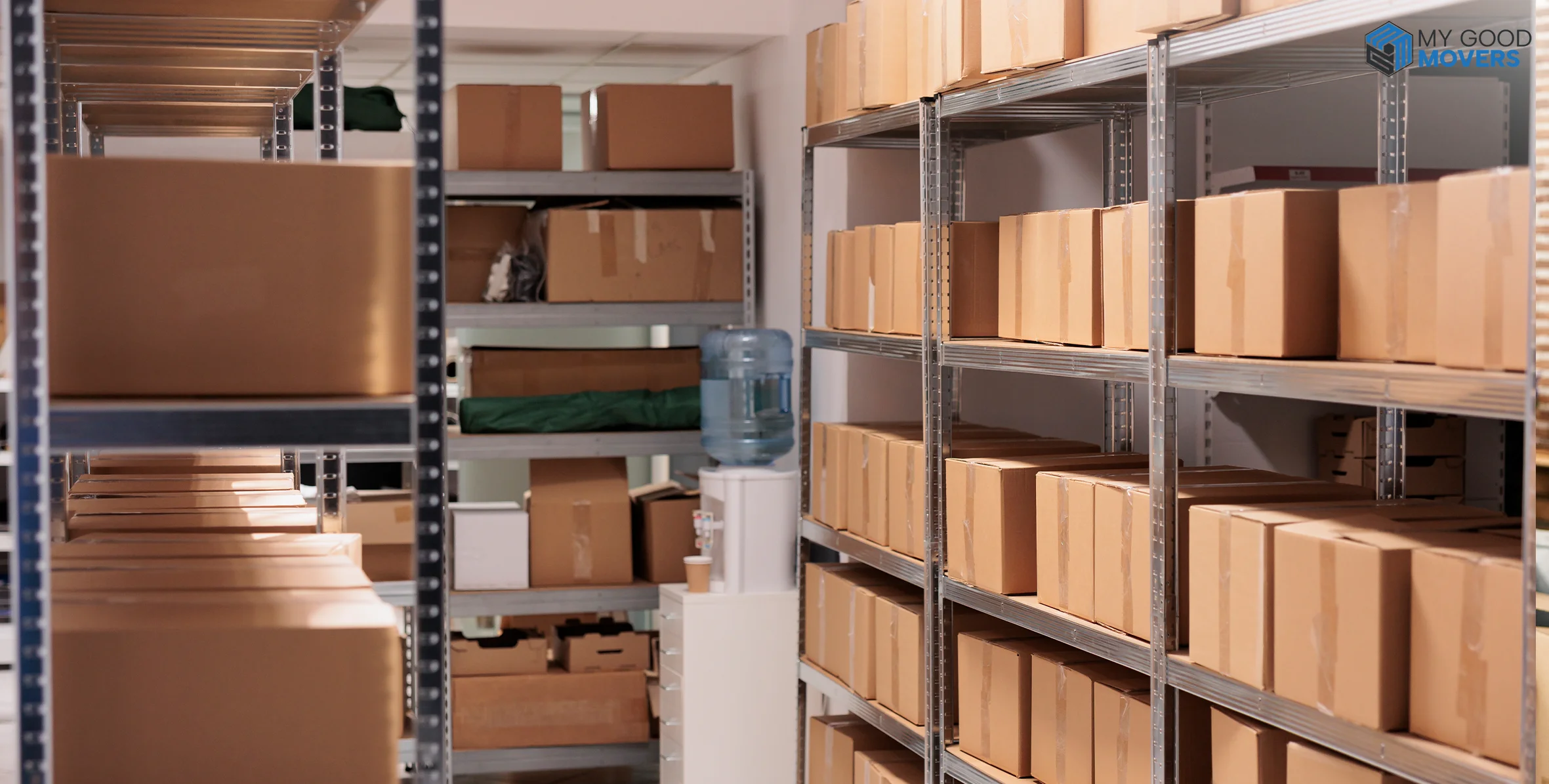




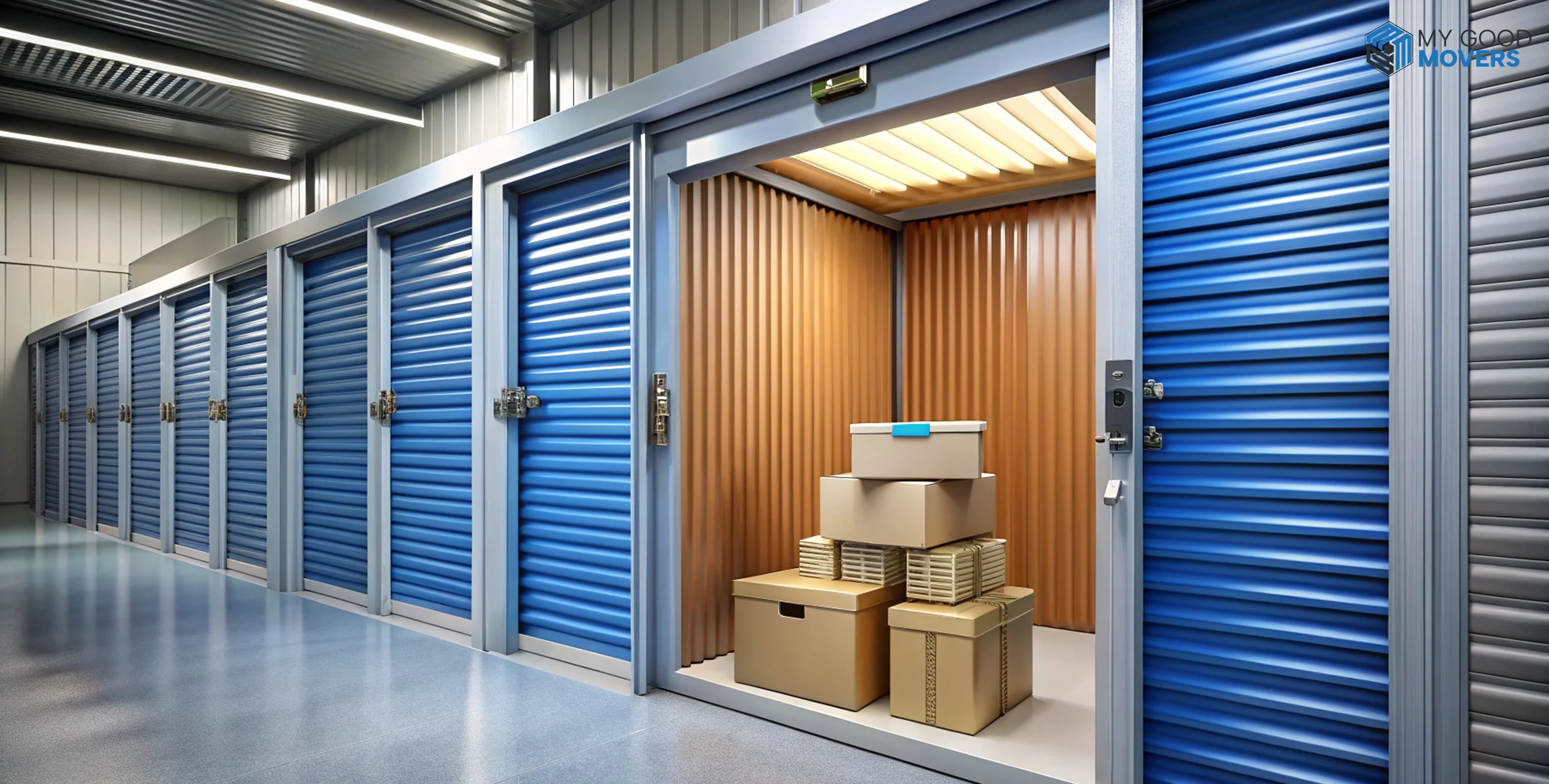
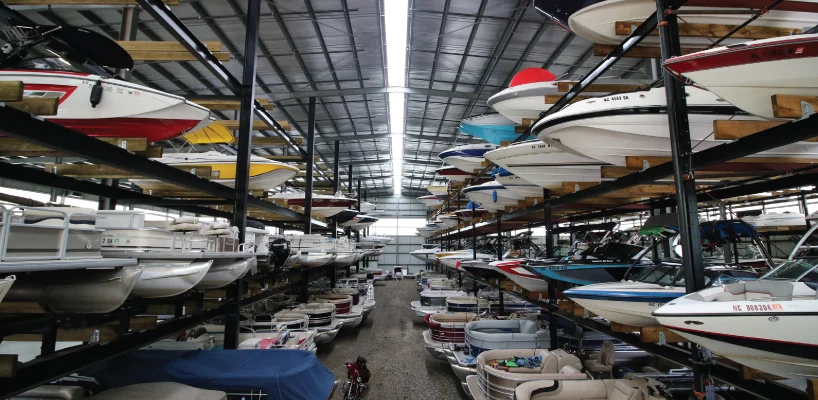

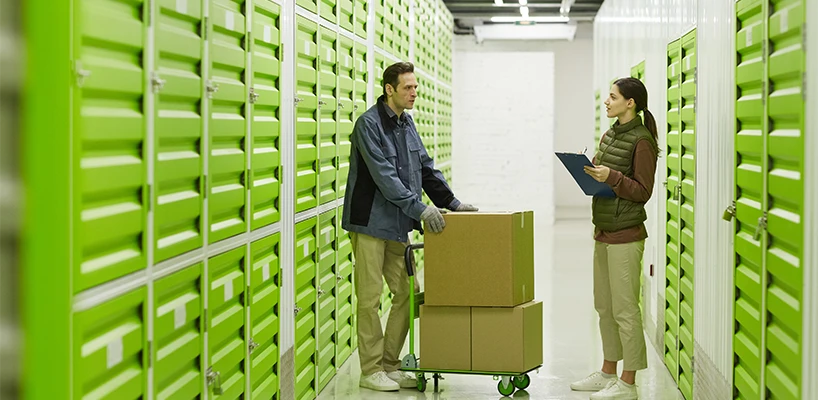
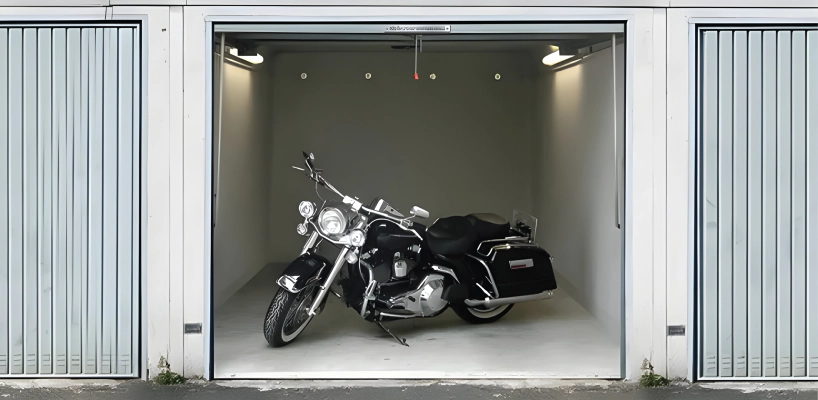

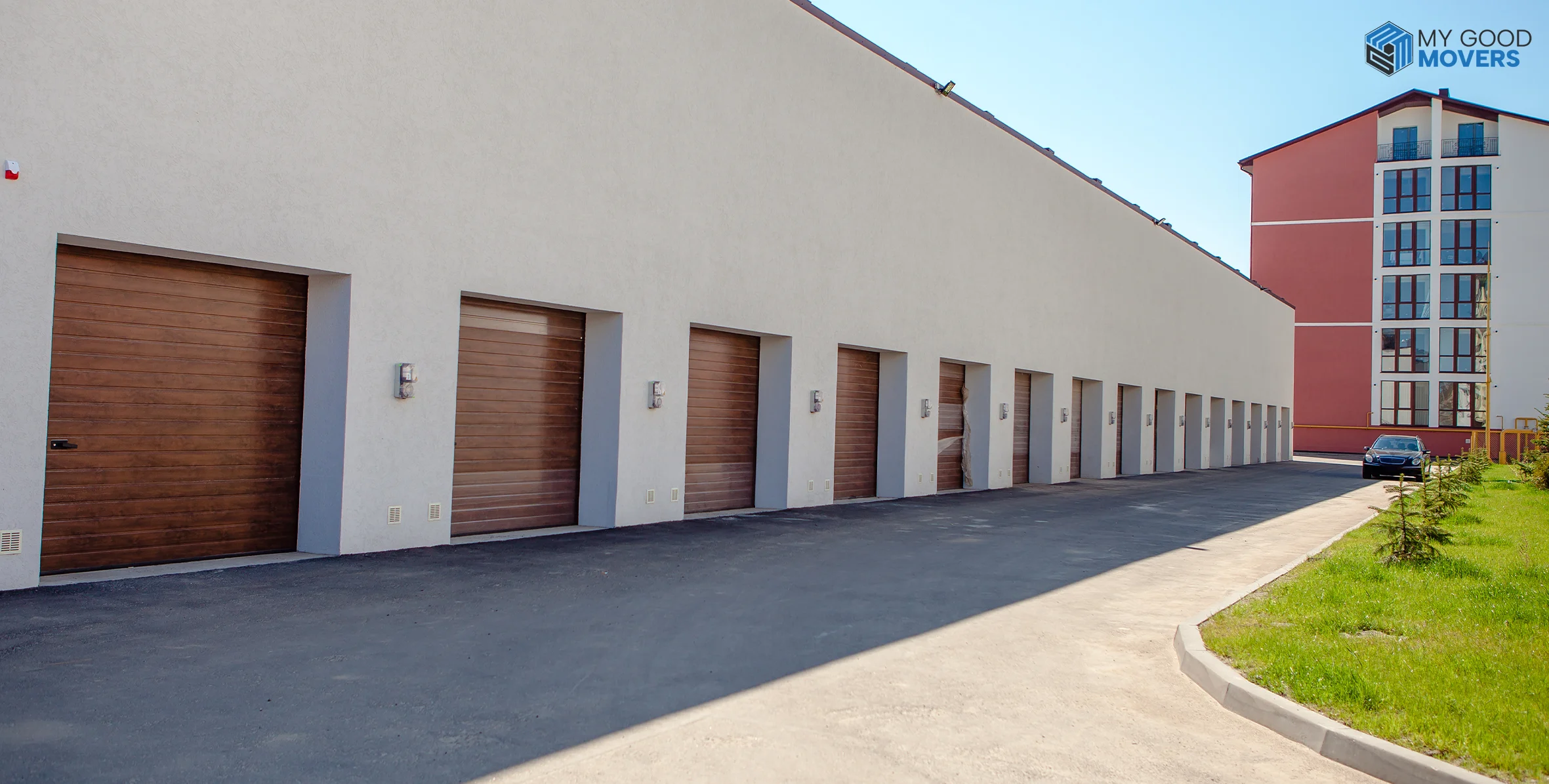
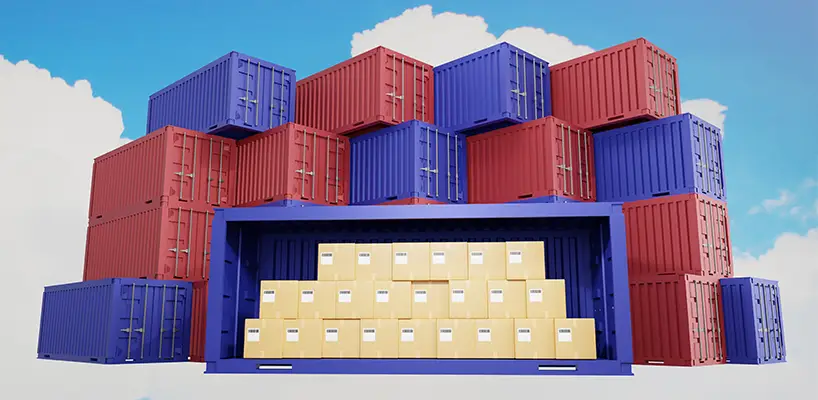
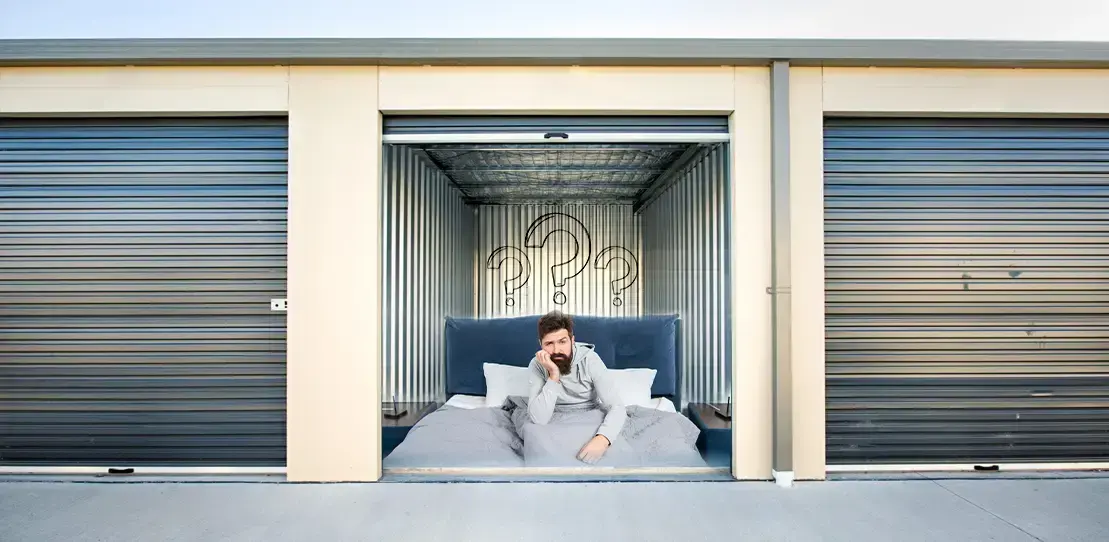

 (239) 799–6077
(239) 799–6077